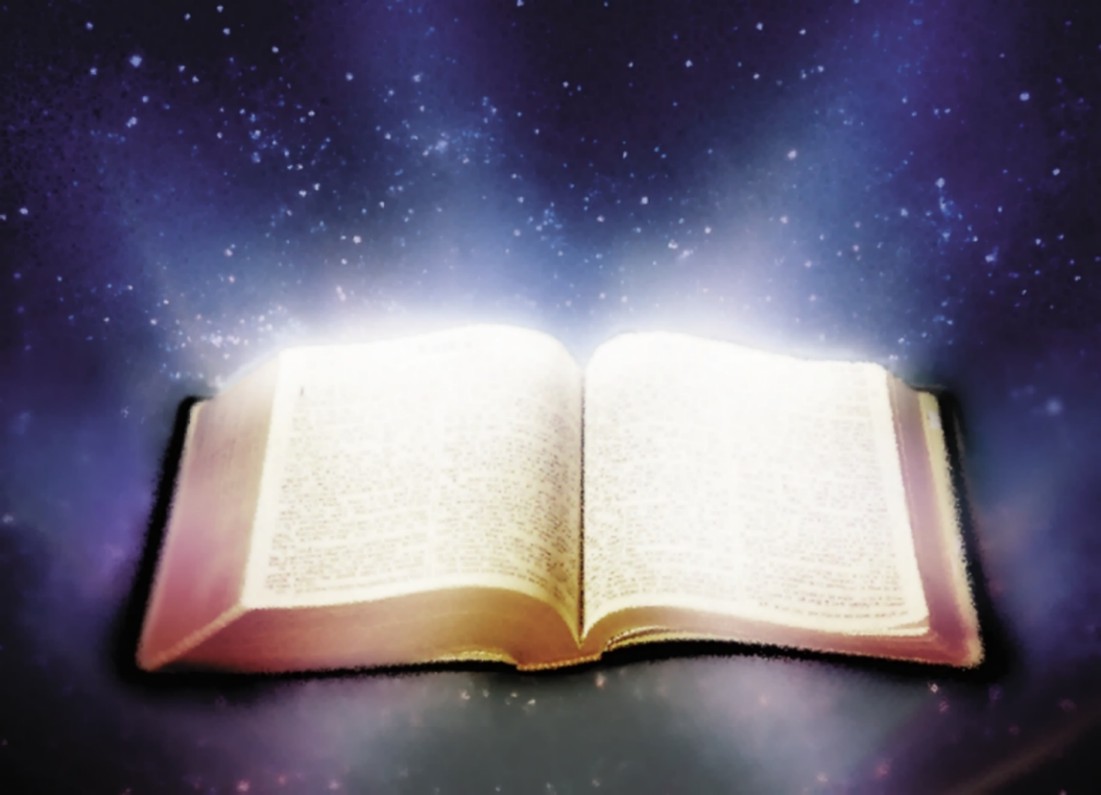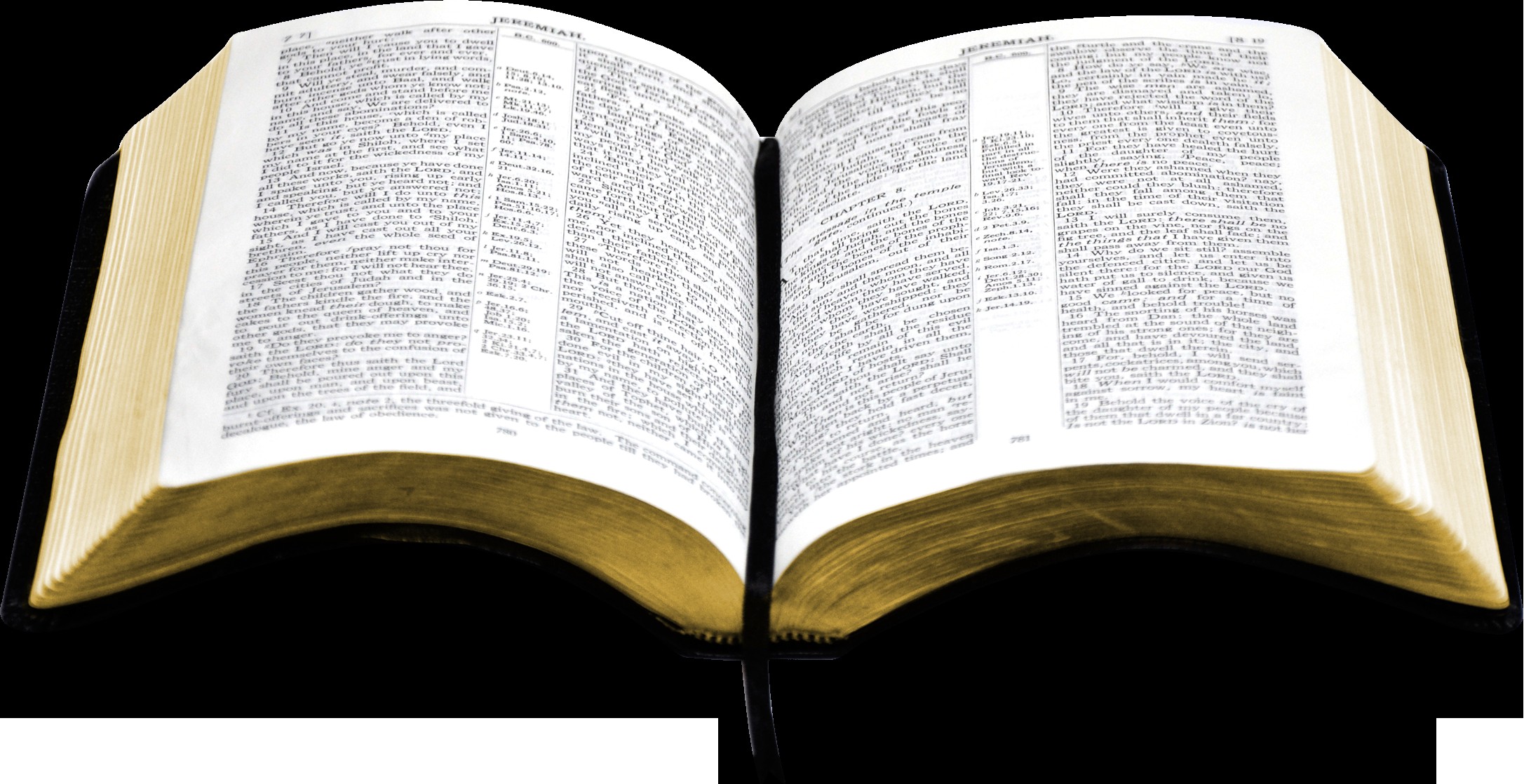

Once we understand what image of God means in Genesis, we will be in a better position to see how this idea is worked out elsewhere in the Bible. It is about humanity’s unique role in being God’s kingly representatives in creation. The phrase “image of God” is not about what makes us human. Rather, those qualities are tools that serve humans in their image-bearing role. As John Walton points out, as important as these qualities are for making us human, they do not define what image of God means in Genesis. There is nothing here about a soul, the ability to reason, being conscious of God or any other psychological or spiritual trait. They have that authority because humankind is made in God’s image. Humankind, created on the sixth day, has been given the authority to rule over the other creatures God had made on the fourth and fifth days. When one reads Genesis 1:26-27 with this in mind, the point becomes fairly obvious: “Let us make humankind in our image, according to our likeness, and let them have dominion over the fish…birds…cattle…wild animals…creeping things” (NRSV). He offers that the image of God describes “the royal office or calling of human beings as God’s representatives and agents in the world.” Image of God means that humans have been given “power to share in God’s rule or administration of the earth’s resources and creatures.” 1 Richard Middleton (Roberts Wesleyan College) puts it well in The Liberating Image. Statues of kings and of gods help us understand what it means for humans to be made in God’s image: humans are placed in God’s kingdom as his representatives. They were statues that let you know the god was in some mysterious sense “present.” Idols were not considered gods themselves. These “images” let everyone know that the king’s rule extended wherever his image was found.Īnother kind of image in the ancient world is an idol, a physical object that represented the god in the temple. So, they would erect monuments or statues of themselves throughout their kingdoms. Rulers could not be everywhere at once, and travel was slow. Many scholars draw a parallel between the image of God in Genesis and images of kings in the ancient world. Genesis, other Old Testament passages, and Israel’s surrounding culture give us a good idea of what image of God means. Image of God is important theologically, and the topic is open for discussion-but it is not a free-for-all. More importantly, equating image of God with the soul or other qualities that make us human puts a burden on Genesis 1:26-27 than it cannot bear-which brings us to the next point. Preserving the biblical description of human origins this way means it has to be adjusted well beyond what it says. It is also difficult to see what is gained here. I understand the motivation for this explanation: to maintain somehow the biblical description of human origins in the face of evolution. Some say this could have happened about 10,000 years ago, which would line things up nicely with the rough chronology presented in Genesis. These two “souled” hominids are Adam and Eve.

In other words, despite the lengthy evolutionary process, humans were “created” only at this point. Somewhere along the evolutionary line God gave two hominids immortal souls, thus becoming the first true human beings. Understanding image of God as the soul also helps some people reconcile evolution and Christianity. This seems like a good definition, since only humans are in God’s image, and these are qualities that make us human.

Some understand image of God to mean those qualities that make us human, for example: possessing a soul, higher-order reasoning, self-consciousness, consciousness of God and the ability to have a relationship with him. Genesis 1:26-27 says that God made humankind in his “image” and “likeness.” Both terms mean the same thing, and so this is usually referred to as “image of God” ( imago dei).


 0 kommentar(er)
0 kommentar(er)
